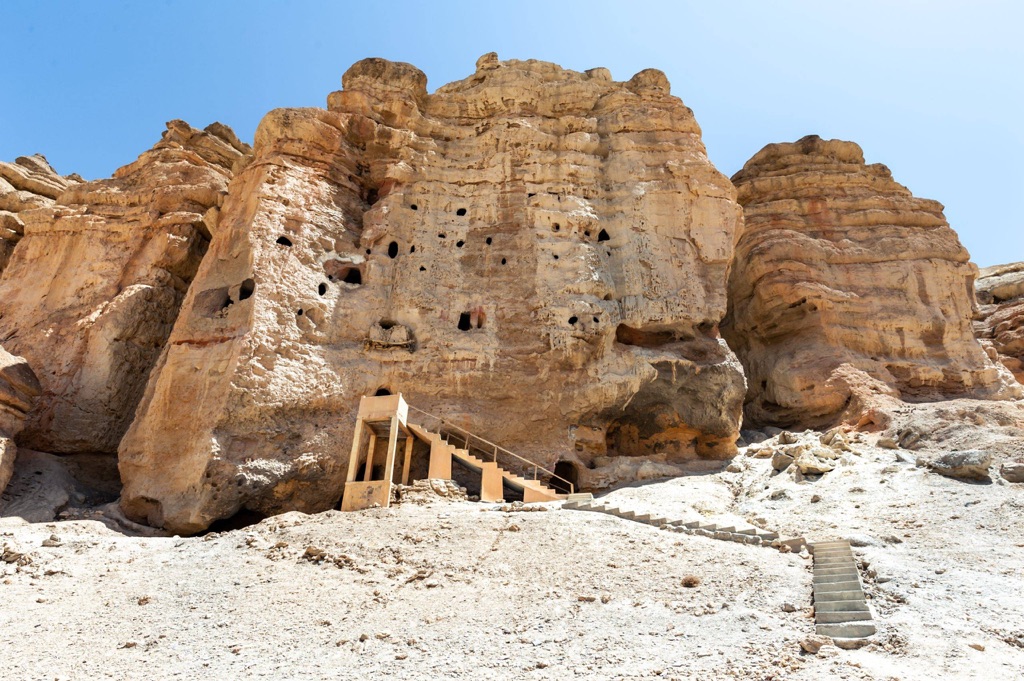Summary
The Mustang Caves, also known as the Sky Caves of Nepal, are an intriguing historical site. Nestled in the cliffs of the Mustang district in Nepal, these man-made caves date back over 2,000 years. They are stacked in vertical rows, sometimes reaching up to 14 stories high, earning them the name ‘Sky Caves’. The caves’ original purpose remains a mystery, though they have served as dwellings, burial chambers, and places of meditation. Despite extensive research, many of the caves remain unexplored, making them a fascinating subject for archaeologists and history enthusiasts alike.
Get your dose of History via Email

Historical Background of Mustang Caves – The Sky Caves of Nepal
The Mustang Caves, a marvel of ancient architecture, have a rich history. The earliest known inhabitants of these caves were the Thakali people, who are believed to have settled in the Mustang region around 2,000 years ago. The Thakali used the caves as dwellings, places of worship, and burial sites. However, the exact reason for their construction remains a mystery.
Throughout the centuries, the caves have been used by different cultures and religions. Buddhist monks, for instance, used them as meditation retreats, and they contain numerous murals and artifacts related to Buddhism. Despite their historical significance, the caves were largely forgotten until they were rediscovered in the early 1990s.
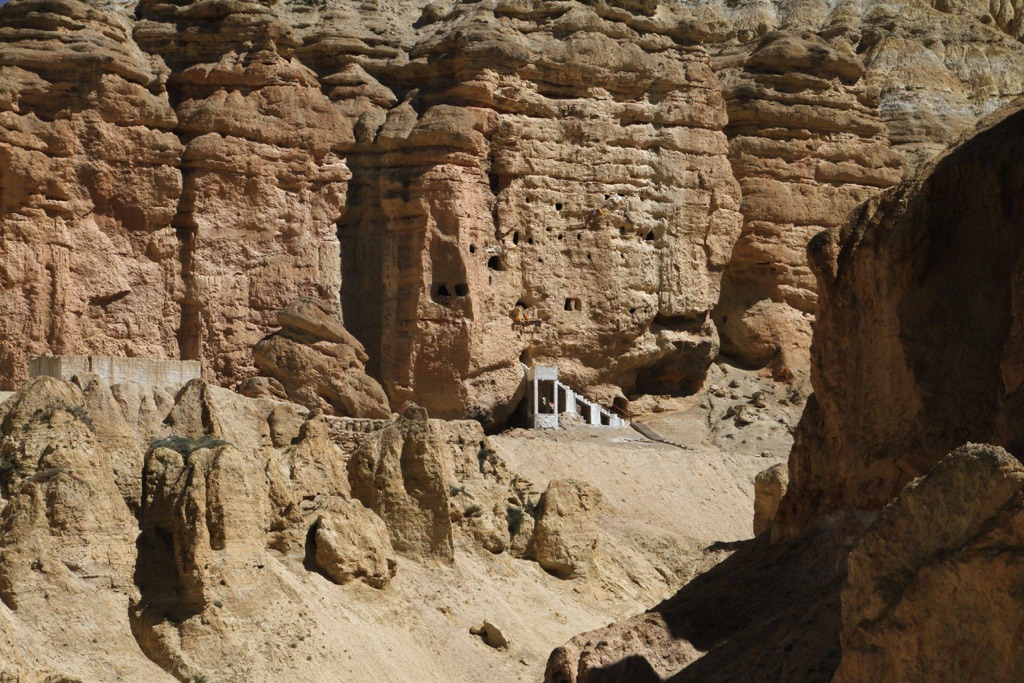
Since their rediscovery, the Mustang Caves have been the subject of numerous archaeological expeditions. These expeditions have uncovered a wealth of artifacts, including manuscripts, murals, and pottery, which provide valuable insights into the region’s history. However, many of the caves remain unexplored, and their secrets are yet to be fully uncovered.
Unfortunately, the Mustang Caves are at risk due to erosion and human activity. Conservation efforts are underway to preserve these unique historical sites and the invaluable artifacts they contain. Despite these challenges, the Mustang Caves continue to draw historians, archaeologists, and tourists from around the world, eager to explore their mysteries.
Overall, the Mustang Caves are a testament to human ingenuity and resilience. They offer a unique glimpse into the past and continue to captivate those who visit them. Their story is a reminder of the enduring allure of history and the human desire to understand our origins.
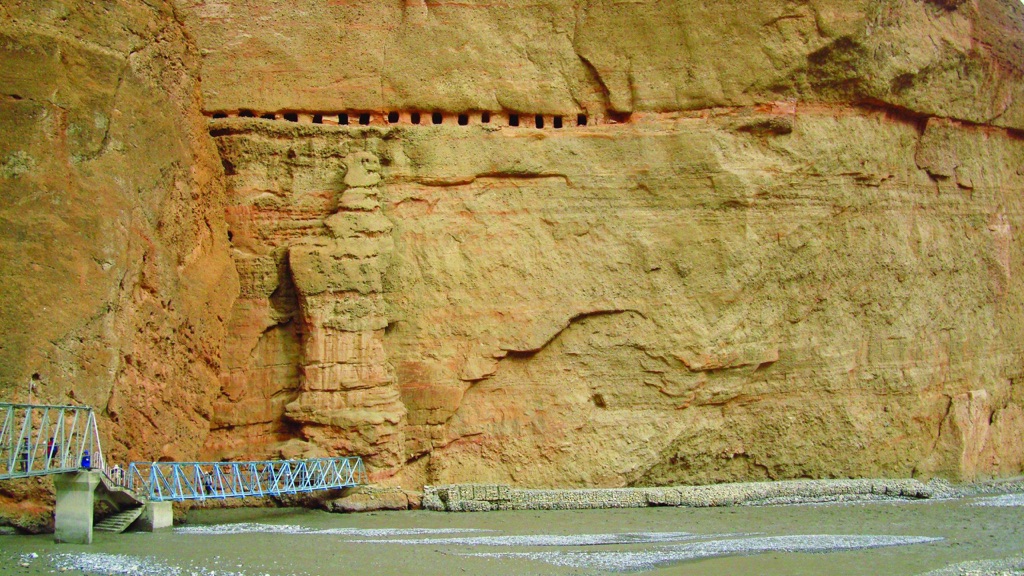
Architectural Highlights/About the Artifact
The Mustang Caves are an architectural marvel. Carved into the soft, erodible conglomerate cliffs of the Mustang region, they are a testament to the skill and ingenuity of their creators. The caves are stacked vertically, sometimes reaching up to 14 stories high, which is why they are often referred to as the ‘Sky Caves’.
Each cave is unique, with different sizes and layouts. Some are small and simple, while others are large and complex, with multiple rooms and levels. Many of the caves contain murals, sculptures, and other artifacts, which provide valuable insights into the cultures and religions of their inhabitants.
One of the most notable features of the Mustang Caves is their use of natural light. The caves are oriented towards the south, which allows sunlight to enter and illuminate the interiors. This clever design feature not only made the caves more habitable but also helped to preserve the murals and other artworks inside.
Despite their age, many of the Mustang Caves are remarkably well-preserved. However, they are at risk due to erosion and human activity. Conservation efforts are underway to protect these unique historical sites and the invaluable artifacts they contain.
In conclusion, the Mustang Caves are a fascinating example of ancient architecture. Their unique design, the artistry of their murals, and the mystery of their origins continue to captivate historians, archaeologists, and tourists alike.
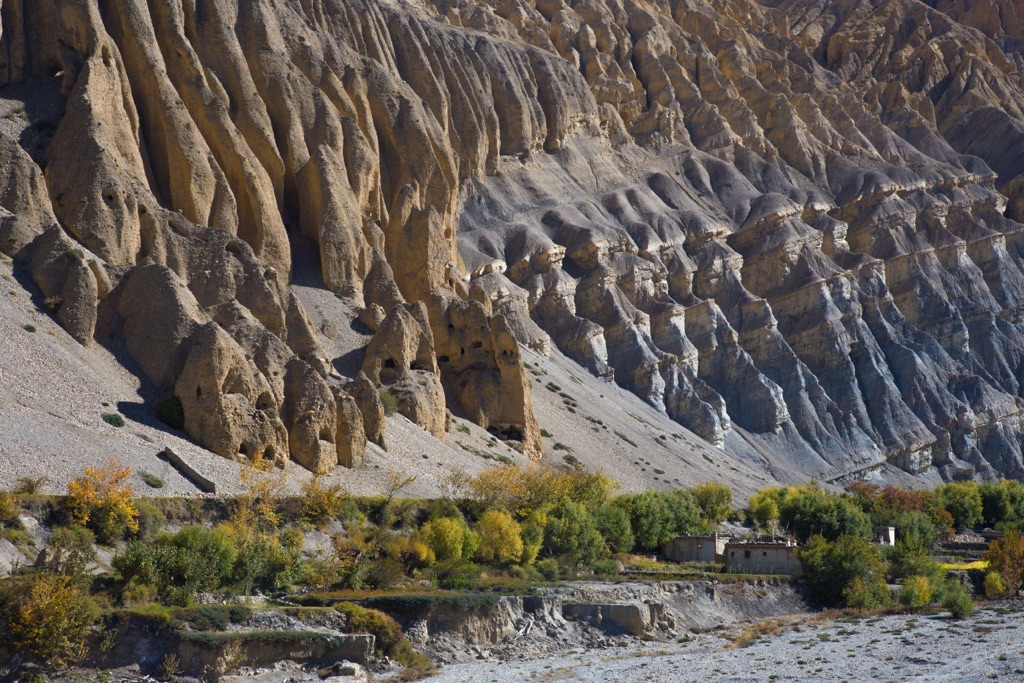
Theories and Interpretations
The exact purpose of the Mustang Caves remains a mystery, and various theories have been proposed. Some believe that the caves were initially used as dwellings by the Thakali people, while others suggest that they were used as burial sites or places of worship.
One theory is that the caves were used as meditation retreats by Buddhist monks. This theory is supported by the numerous Buddhist murals and artifacts found in the caves. However, the presence of these artifacts could also indicate that the caves were used as a place of worship or a repository for religious texts.
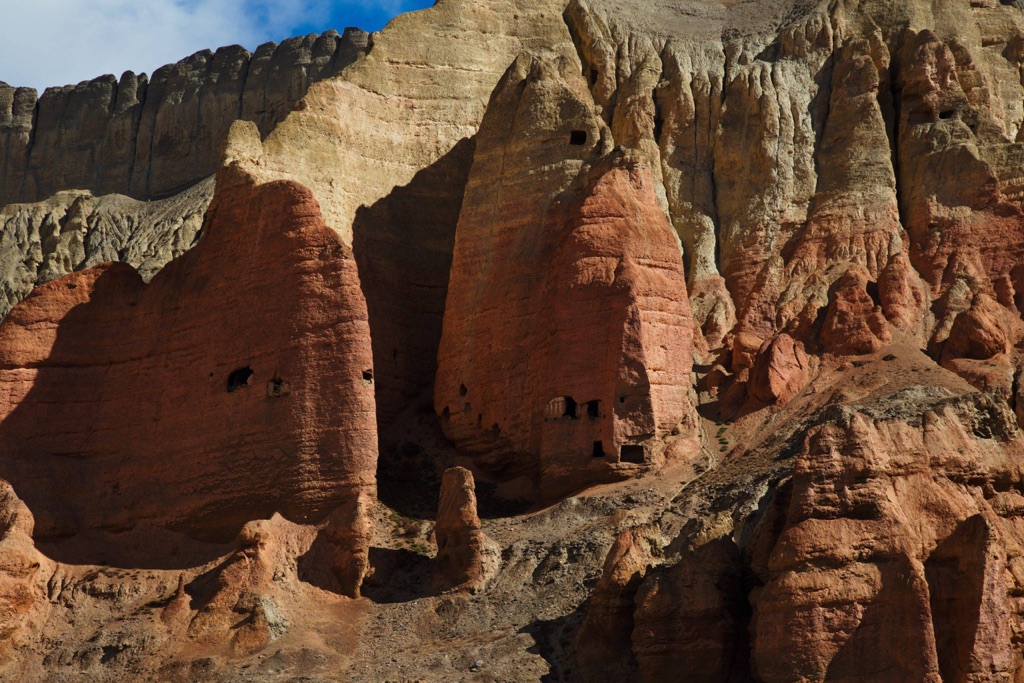
Another theory is that the caves were used as a refuge during times of conflict. The Mustang region has a history of warfare and invasions, and the caves’ inaccessible location would have made them an ideal hideout. However, this theory is yet to be substantiated by archaeological evidence.
Despite the various theories, the true purpose of the Mustang Caves remains a mystery. What is clear, however, is that they have served multiple purposes over the centuries, reflecting the changing cultures and religions of their inhabitants.
As more of the Mustang Caves are explored and more artifacts are uncovered, it is hoped that the mystery of their origins and purpose will be solved. Until then, they remain a fascinating subject for historians and archaeologists.
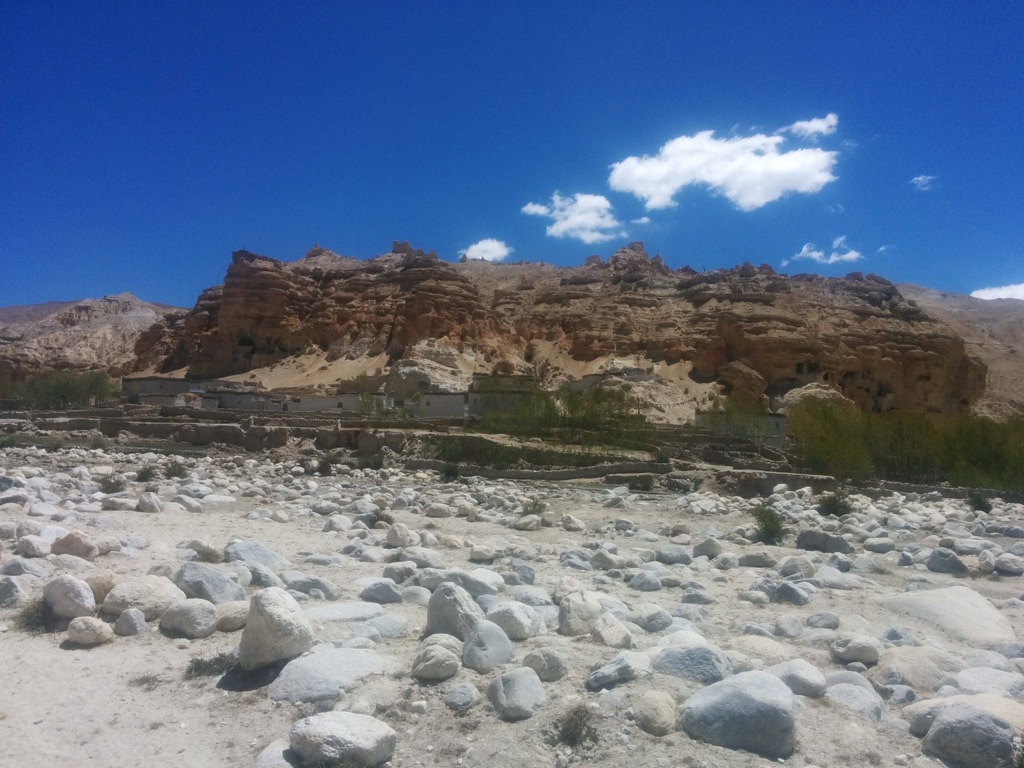
Good to know/Additional Information
Visiting the Mustang Caves is a unique experience, but it requires careful planning. The caves are located in a remote region of Nepal, and getting there can be challenging. It is recommended to hire a local guide, as the trails can be difficult to navigate and the caves can be dangerous to enter without proper equipment and expertise.
The best time to visit the Mustang Caves is during the dry season, from April to November. During this time, the weather is generally clear and the trails are less slippery. However, it is important to check the local weather conditions before setting out, as the region can be prone to sudden storms.
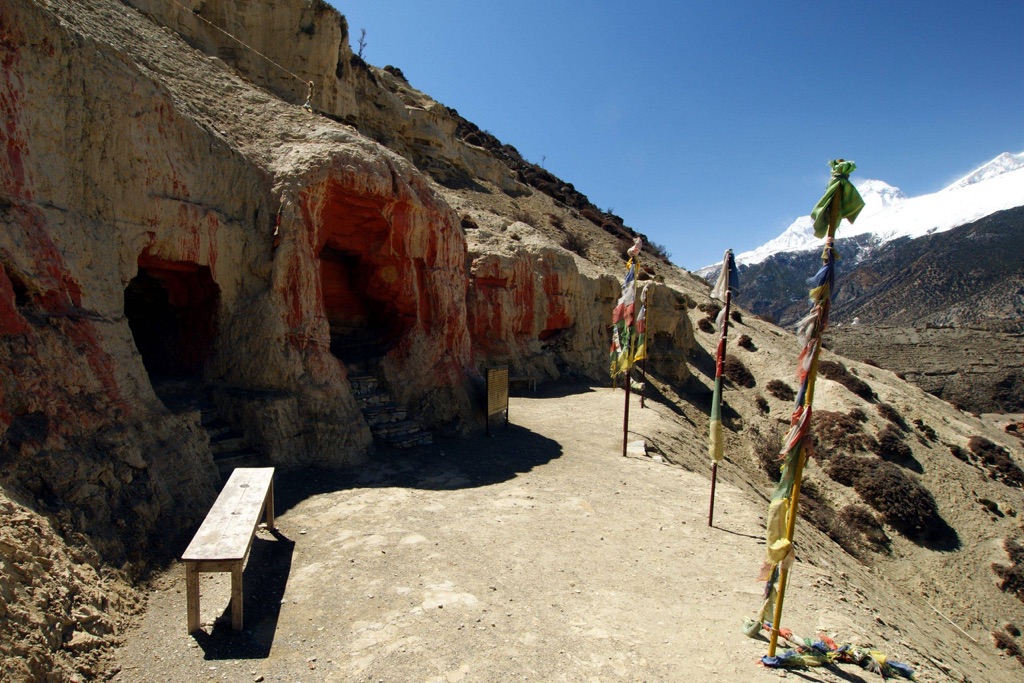
It is also important to respect the cultural and historical significance of the Mustang Caves. Visitors are asked not to touch the murals or other artifacts, and to follow the instructions of their guide. Conservation efforts are underway to preserve these unique historical sites, and every visitor can play a part in this effort.
Finally, while the Mustang Caves are a fascinating historical site, they are also part of a vibrant local culture. Visitors are encouraged to explore the local villages, interact with the local people, and learn about their traditions and way of life.
In conclusion, a visit to the Mustang Caves is not just a journey into the past, but also an opportunity to engage with a unique culture and contribute to the preservation of a unique historical site.
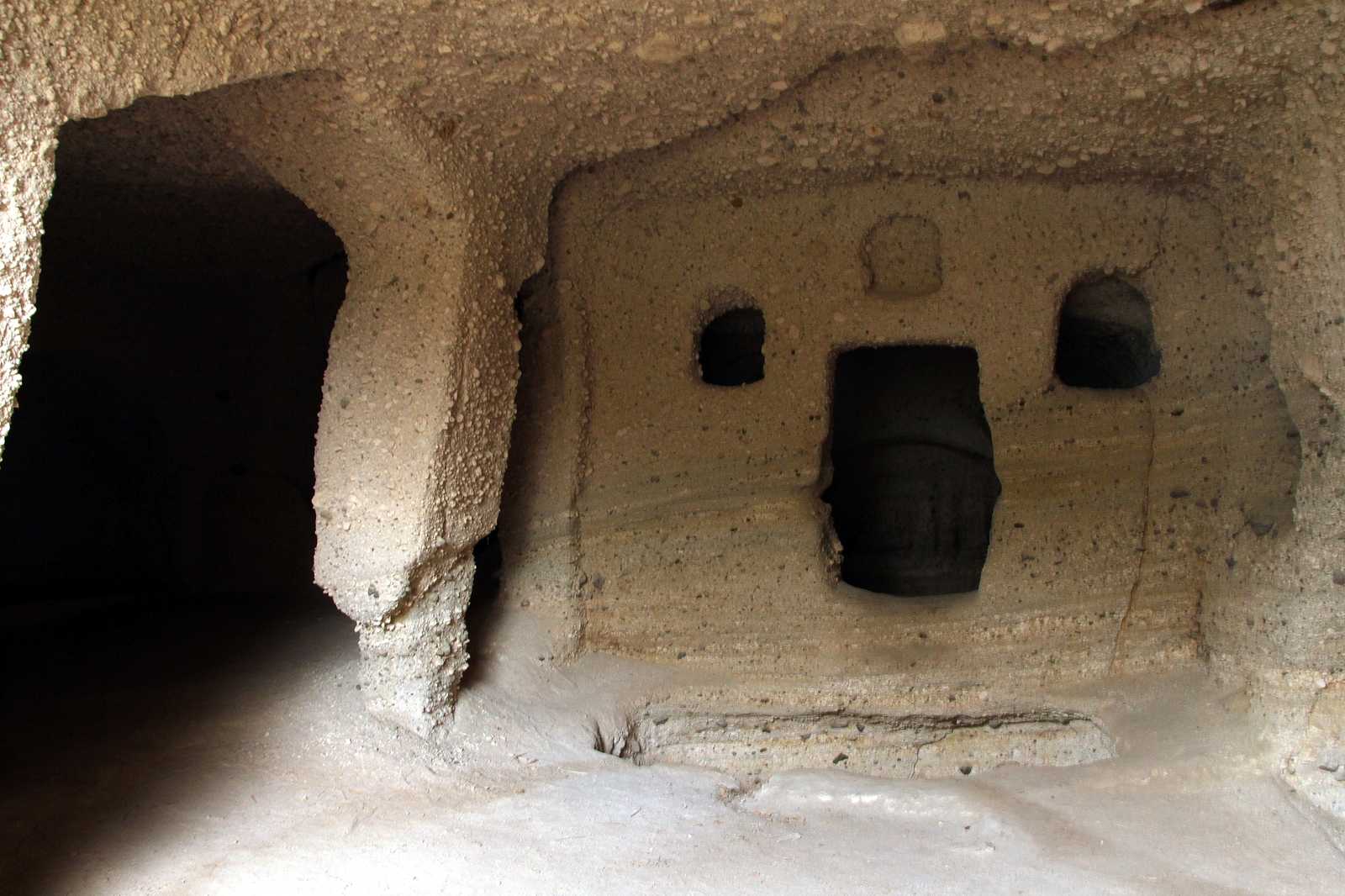
Conclusion and Sources
The Mustang Caves, or the Sky Caves of Nepal, are a captivating historical site. Their unique architecture, the mystery of their origins, and the wealth of artifacts they contain make them a fascinating subject for historians and archaeologists. Despite the challenges they face, the Mustang Caves continue to draw visitors from around the world, eager to explore their mysteries and contribute to their preservation.
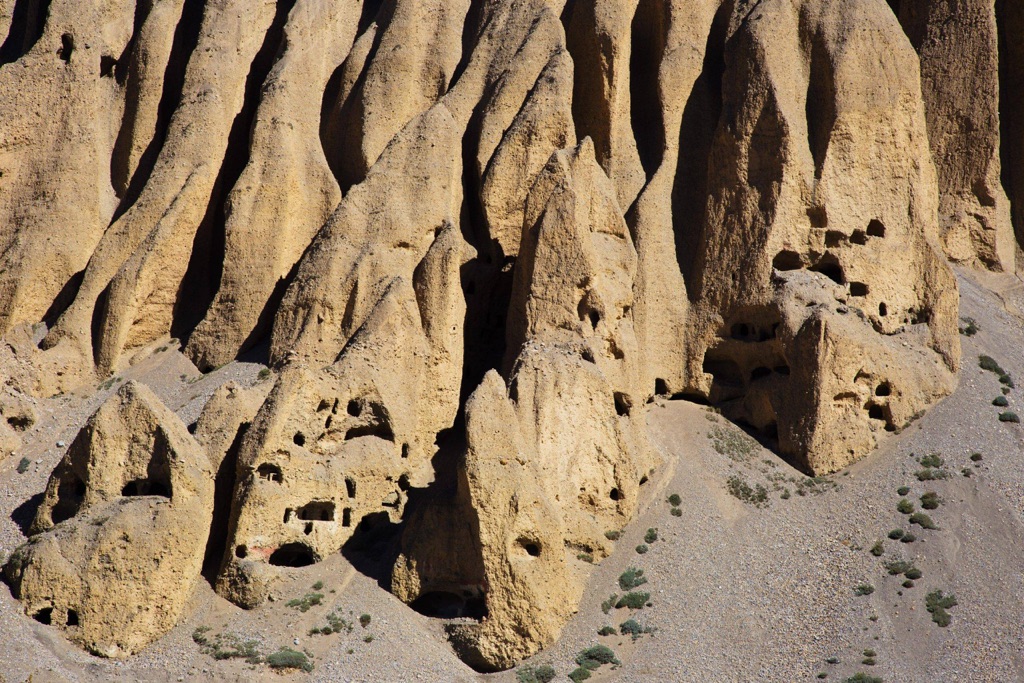
For further reading and research, the following sources are recommended:

